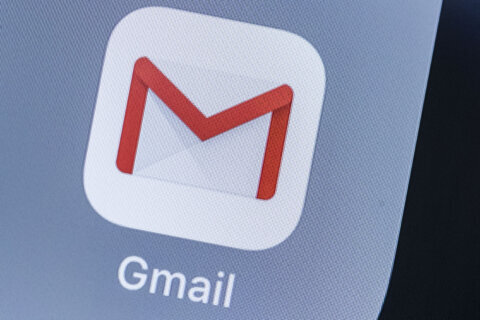Q: What’s the difference between Google Maps and Waze for navigation?
A: One of the most important smartphone apps we all use on a regular basis is a mapping app, but it’s become much more than getting from point A to point B.
Google owns both mapping apps as they acquired Waze in 2013 but kept it as a separate app with separate developers that focused on different features.
While both apps provide the same basic functionality and utility, significant differences may appeal to you based on how you use a mapping app.
Waze
From the beginning, Waze was designed to be a ‘crowd-sourced’ navigation tool that allowed real-time updates from its users to provide the most efficient route to your destination. It’s sort of a social network for commuters.
Waze allows any user to alert others to traffic accidents, cars on the side of the road, speed traps, and road closures as soon as they encounter them.
One of the reasons Google acquired Waze in 2013 was to integrate some of this user-generated information into Google Maps which we see today.
If you live and drive in an urban area, Waze is more likely to offer timesaving alternatives during heavy traffic commutes because of its real-time data updates.
If you live in a rural area, the primary value of Waze may be lost unless there are lots of other users in the area providing updates.
One of the significant features that Waze offers is the ability to see the best times to start your trip based on historical traffic data.
I find this particularly helpful when I’m in an unfamiliar area and my departure time is flexible so I can avoid rush hour traffic or long delays. This feature can also be very helpful in vacation travel planning as you can schedule your sightseeing around known traffic patterns on any day of the week.
The user interface on Waze is less complicated and offers many customization options for those who like to tinker with settings.
Waze is also ‘gamified’ as it’s great for those who enjoy contributing to an online community or competing for badges.
Google Maps
While Waze is focused on drivers of cars and motorcycles, Google Maps offers navigation for walking, biking, public transit, and ride-sharing services.
Google also provides extensive detail in its downloadable offline maps and when used, can provide good directions even without an Internet connection.
If you’re using Maps to research a place to eat or shop, the detailed information on businesses is far superior to Waze.
Street View allows you to transport yourself to a specific street to see what the surrounding area looks like before you start your trip (another valuable vacation planning tool).
The Indoor maps feature is useful for those who want to navigate large airports or malls and of course, Google Maps tightly integrates with lots of other Google tools such as Gmail, Calendar, and Photos.
Commuting vs Navigating Unknown Areas
Daily commuters may find great value in Waze, but for just about everything else, Google Maps offers much more functionality and localized information.
As both apps provide benefits under different circumstances, my suggestion is to have both installed on your smartphone and alternate using them to see when and where each plays a role in your way of navigating.
Ken Colburn is founder and CEO of Data Doctors Computer Services. Ask any tech question on Facebook or Twitter.







